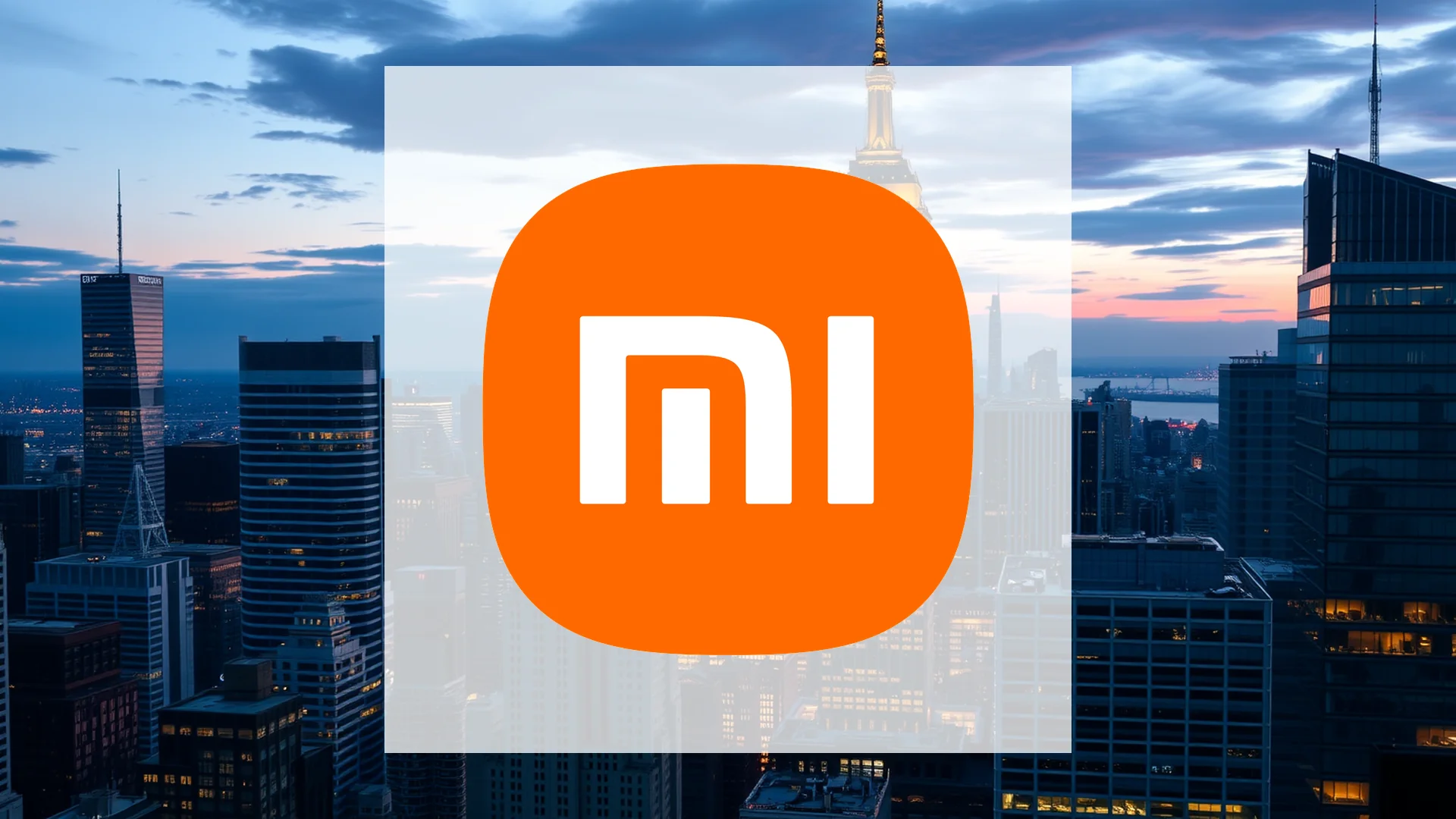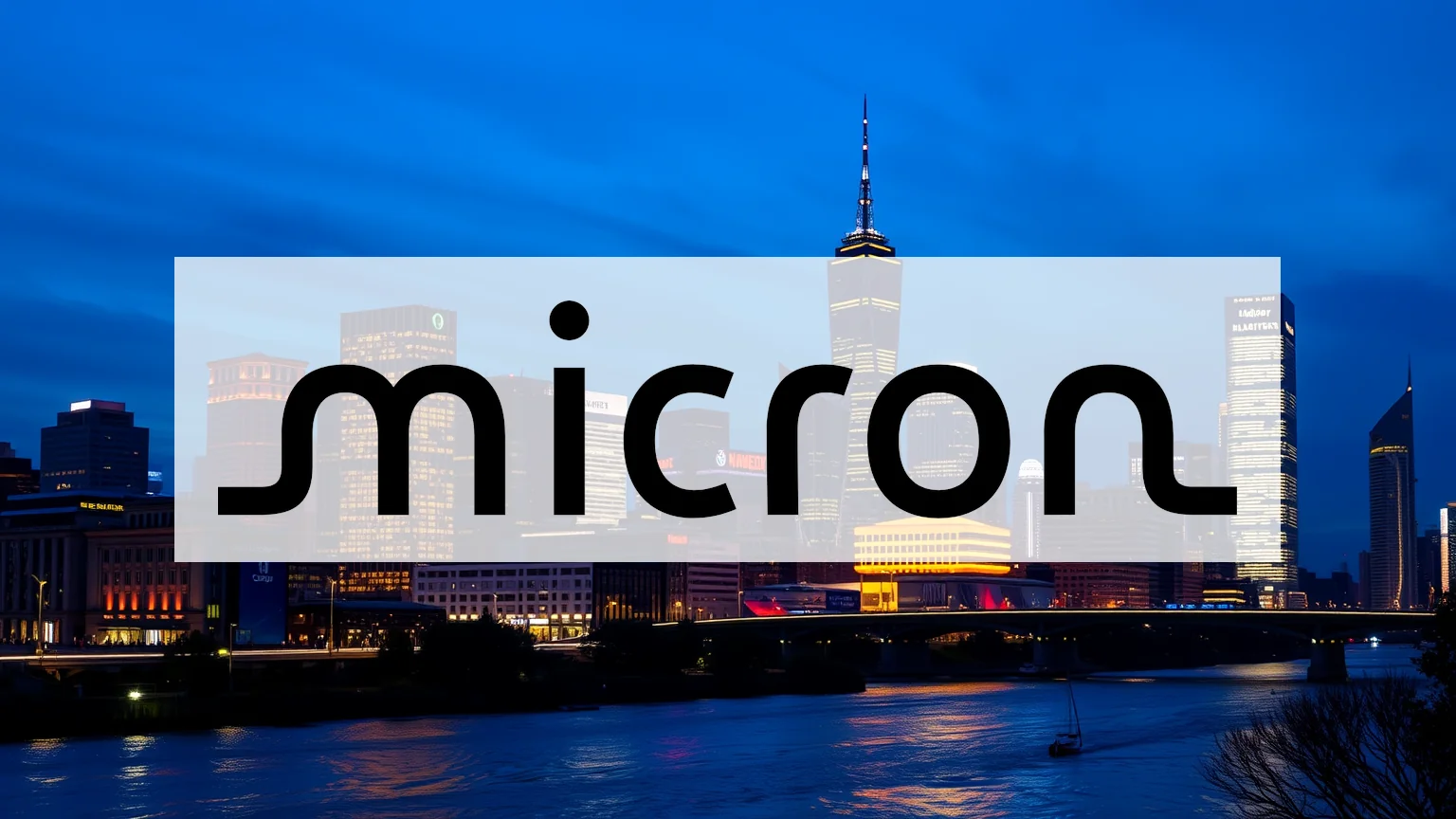Australian counter-drone technology firm DroneShield is experiencing extreme volatility, with its shares rebounding sharply after a severe sell-off. The stock advanced 11% during Monday’s trading session, attempting to recover from a devastating 30% plunge that occurred over just several days. This dramatic reversal raises critical questions about whether a company demonstrating explosive growth can restore investor confidence following insider stock sales totaling nearly $67 million.
Operational Excellence Meets Governance Challenges
Despite recent turmoil, DroneShield’s underlying business performance remains impressive. The company reported record third-quarter 2025 revenue of $92.9 million, representing a staggering 1,091% year-over-year increase. Operations include successful fulfillment of a major European contract worth $62 million, with the company’s sales pipeline continuing to expand significantly.
Before the recent downturn, DroneShield shares had been among the year’s top performers, still maintaining gains of approximately 190-200% over the past twelve months despite the correction. The company achieved the milestone of inclusion in the prestigious S&P/ASX 200 index in September.
This contrast between operational success and governance issues presents investors with a complex valuation dilemma: how to assess a technology leader in an emerging defense sector when key executives appear to be reducing their stakes.
The Trigger: Miscommunication and Insider Selling
The crisis unfolded on November 10 with what initially appeared to be positive news. DroneShield announced three new U.S. government contracts valued at A$7.6 million, sending shares soaring 8.5%. However, trading was abruptly halted hours later when it emerged the contracts weren’t actually new.
Should investors sell immediately? Or is it worth buying DroneShield?
The company retracted its announcement, clarifying that the contracts merely represented reissuances of existing agreements due to regulatory adjustments. One of the three deals had previously been communicated in September. DroneShield attributed the error to an “administrative mistake.”
Compounding the situation, substantial insider sales were disclosed simultaneously. CEO Oleg Vornik divested his entire holding of approximately 14.8 million shares for about $49.5 million. Chairman Peter James sold shares worth $12.4 million, while Director Jethro Marks disposed of $4.9 million in stock. Market reaction was severe, with DroneShield losing approximately $1 billion in market capitalization during Thursday’s trading session.
Divergent Analyst Views and Critical Tests Ahead
Market experts remain divided on DroneShield’s prospects. Analysts at Bell Potter recently reaffirmed their “Buy” rating, viewing the price decline as a potential buying opportunity. They point to the company’s fundamental growth narrative and an estimated sales pipeline exceeding $2.5 billion.
The upcoming quarterly report on December 2 represents a crucial test. Investors will scrutinize whether DroneShield has strengthened its internal controls and how management explains the recent insider transactions. The current recovery could either prove temporary or mark the beginning of sustained stabilization. With annualized volatility exceeding 125%, DroneShield shares remain unsuitable for risk-averse investors.
Ad
DroneShield Stock: Buy or Sell?! New DroneShield Analysis from November 17 delivers the answer:
The latest DroneShield figures speak for themselves: Urgent action needed for DroneShield investors. Is it worth buying or should you sell? Find out what to do now in the current free analysis from November 17.
DroneShield: Buy or sell? Read more here...










